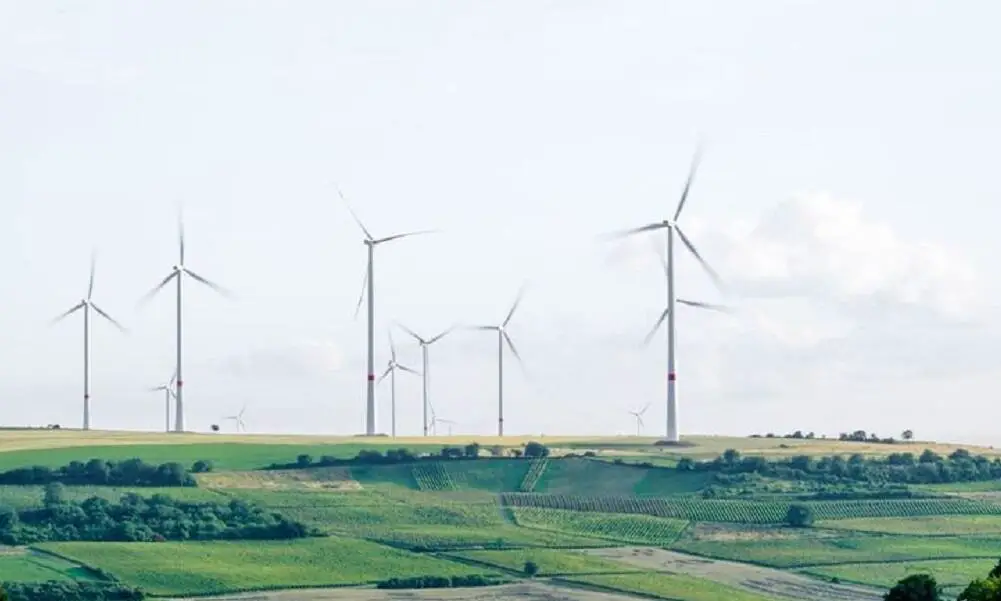
What Clean Energy Is All About
I am quite sure you have at some point in time heard about clean energy. Perhaps you have heard about but you don’t know what it actually is. ‘If there is such a thing as clean energy, does that mean an unclean energy exists?’
If you need answers to these questions, then you have come to the right place. So, what is clean energy?
Clean energy is energy that comes from renewable, zero-emission sources that do not contaminate the atmosphere when used.
What Does Clean Energy Mean Exactly?
Clean energy is regarded as clean simply because it is energy that is gotten from sources that do not produce greenhouse gases or any other pollutants. Often at times, clean energy is mistaken for green energy. Although they may have similarities, they are not the same in fact. While clean energy is gotten from sources that do not produce contaminants or greenhouse gases, green energy is energy that is gotten from natural sources. There is a subtle difference between the two types of energies regardless of the similarities.
We also have to talk about renewable energy.
Renewable energy is energy generated from sources that are constantly being recharged or replenished. The ideal clean energy combination occurs where green energy combines with renewable energy. The perfect example of this is wind energy.
Below is a simple cheat sheet to help remember the difference between the three energies.
- Clean energy = clean air / no air pollution.
- Green energy = natural sources.
- Renewable energy = energy that is replenished.
How Does Clean Energy Work?
Its working principle is quite simple actually. Clean energy works by utilizing renewable energy and virtually inexhaustible sources like the sun and wind to create energy that has zero negative impact on the environment. On top of all that, I can have a positive impact on climate change.
What Are the Benefits of Clean Energy?
Clean energy provides a variety of benefits that are both economic and environmental.
When talking about the environmental benefits of clean energy, the first thing to highlight is the massive reduction of air pollution. Thanks to the massive rise in technology, there are more factories now than there ever were at any point in history. While this certainly sounds like awesome news, it is not without cause for concern. Factories burn a lot of fossil fuels and chemicals which have byproducts that are quite detrimental to our atmosphere. With clean energy though, the scary statistical digits regarding the slow death of our planet will be significantly reduced.
When talking about the positive economic impact of clean energy, we must understand that a diverse supply of clean energy will most certainly reduce the over-dependence on fossil fuel which in turn will cut short fuel importation and the associated financial costs it incurs.
Another economic advantage is that, with clean energy, there is no need to spend money on manpower and machinery trying to extract and transport fuel as is the case with oil. Renewable clean energy replenishes itself naturally.
Also, clean energy will provide job opportunities as it will need manpower to manufacture and install.
How It Is Used
Definitely, you will wonder “What is clean energy used for?” well, clean energy is used for a lot of things. Earlier, we made mention of wind energy as a prime example of renewable clean energy, let us dive in a little bit deeper.
Wind power can be harnessed using a windmill and a generator; this is one of the most common ways of doing it. The windmill is attached to the generator. The turning of the windmill blades is converted to useable energy by the generator. This type of energy harness has been used for ages to do all sorts of mechanical tasks. This clean energy is also used to generate electricity, although on small scale.
Another way of using clean energy is through the use of solar panels. Clean energy in the form of solar energy is used for heating, lighting buildings, generating electricity, and cooling. The solar energy from the sun is collected, stored, and transformed into usable energy through the use of solar panels.
We also have clean energy in the form of hydroelectricity. The kinetic energy from the flowing rivers and streams is used the turn turbines which in turn generate electricity.
Are All Renewable Sources of Energy Clean?
An energy source has to be by definition ‘clean’ in order to be considered as clean energy. That means it has to emit zero toxic byproducts when used.
To answer the question above, not all renewable energy sources are clean. A simple example is the burning of wood or charcoal. The wood itself that is used as fuel is renewable, but the byproduct emitted in the form of carbon is by far not clean. This is where solar energy, geothermal energy, hydroelectricity, and wind energy are regarded as truly clean energy.
Conclusion
This is a field that is still very much in its early stages, and each day, more breakthroughs are being discovered through extensive research and experimentation. While this is the case, it is not farfetched to say that clean energy is the future of the power and energy sector across the globe.
As the endeavour in the pursuit of clean, green, and renewable energy intensifies, work will be created and costs will fall.
People around the globe are increasingly becoming aware of the environmental and economic benefits of clean energy. It is time to ditch the old ways go clean!
If you enjoyed this write-up, visit Northpad Nigeria for more eye-opening articles on finance, technology, personal wellbeing, and so much more.
